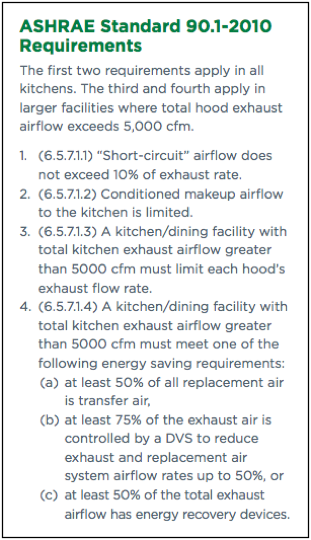Does Your Florida School Cafeteria Meet These Important Standards?
There could be as many as hundreds if not thousands of Florida schools that do meet current energy standards as set forth by the U.S. Department of Energy's ANSI/ASHRAE/IES Standard 90.1-2010. But what are these regulations, what do they mean for your Florida school cafeteria, and how can deficiencies be corrected in a timely and cost-effective manner?
School kitchens and cafeterias use a large amount of energy per floor area. Kitchen exhaust hoods contribute greatly to that energy use. Energy is used to operate exhaust fans and to cool makeup air that is replacing the exhausted air.
 ANSI/ASHRAE/IES Standard 90.1-2010 sets energy efficiency requirements for kitchen exhaust hoods. What does it mean? Essentially there are two mandatory requirements that apply to all kitchens, and there are two that apply to larger kitchen facilities.
ANSI/ASHRAE/IES Standard 90.1-2010 sets energy efficiency requirements for kitchen exhaust hoods. What does it mean? Essentially there are two mandatory requirements that apply to all kitchens, and there are two that apply to larger kitchen facilities.
In all kitchens, makeup air is limited to maximize transfer air, and short circuit hoods are not allowed because they inject more than 10 percent of unconditioned makeup air directly into the hood rather than into the space.
In larger kitchens, ANSI/ASHRAE/IES Standard 90.1-2010 limits the volume of air for kitchen exhaust to an appropriate but not excessive level. Larger kitchens must also meet one of three energy efficiency requirements: (1) use 50% transfer air, (2) use variable speed hood fans, or (3) use exhaust heat recovery.
A Look at Temperature Differentiation from the School Kitchen to the Cafeteria Dining Room
Regulations state that a kitchen space must be within 10 degrees of the living space. For example, if the school cafeteria is kept and measures at 75º, then the kitchen cannot be hotter than 85º. In the summer months, some Florida school kitchens can exceed 100º, making it problematic from a compliance perspective.
How Florida School Kitchens Can Meet Standards in a Timely and Cost-Effective Manner
Because so many Florida school kitchens have a hard time replacing makeup air to maintain this 10 degree difference, many older buildings require changes to meet current codes. Whether it's the school system building department or an individual school's maintenance director, district personnel have an option to consider that will bring the school within compliance in a quick and efficient manner.
Capture Jet Technology from Halton is a simple way to reduce energy consumption and wasted air. With a remodel kit, schools can take their existing hood, add Halton technology, and get the kitchen up to standard without having to blow out and replace the existing hood.
Learn more about Halton's Capture Jet Technology. Get the all the details on effective school kitchen ventilation in the Halton Capture Jet Guide.
Written by Kevin Eaton
Kevin Eaton is the President of Eaton Marketing & Associates and a seasoned Manufacturer Rep in Florida.






